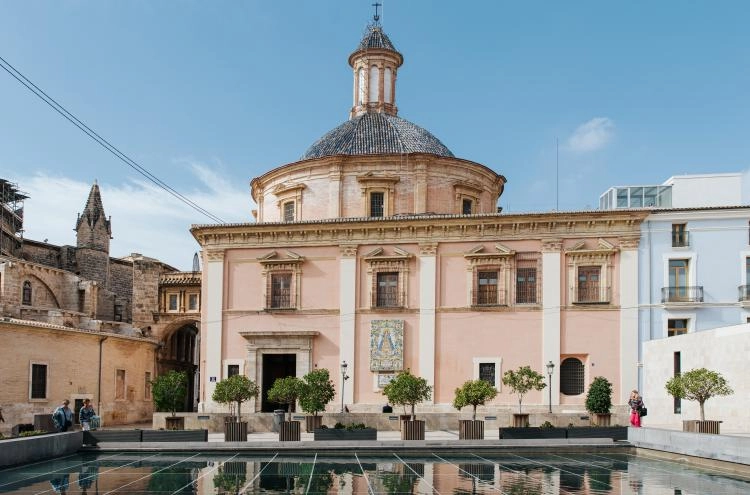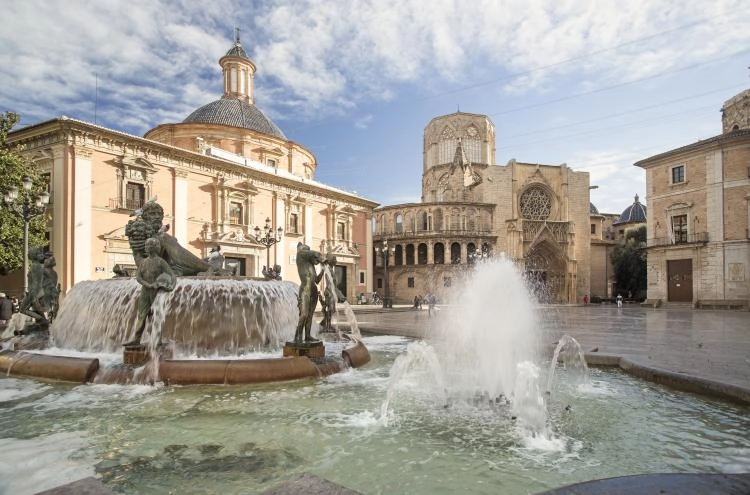For students and professors looking for the perfect study abroad location, come explore Valencia, a city rich in history and culture. It is located on the Mediterranean coast but is also deeply ingrained in Western civilization. Valencia has more than 2,150 years of constant human settlement and therefore provides a deep, authentic educational environment. For those interested in history, literature, architecture, religious studies, or cultural anthropology, this city provides an intensive, hands-on learning environment.
The origins of Valencia start in 138 B.C.E., when Decimus Junius Brutus, the Roman consul, gave his soldiers land as a reward for their campaigns in Hispania. Located strategically on a bend in the Turia River, close to the Via Augusta, the old Roman roadway that linked southern Spain and Italy, was this early Roman town named Valentia. Today, residents and tourists of Valencia are practically stepping on layers of history as they travel the streets. Archaeologists discovered the city’s Roman forum, a hub of civic and political life, under the Plaza de la Virgen. These old structures are being maintained at the Almoina Archaeological Museum, where visitors can see mosaics, baths, and even the remnants of a Roman circus that once entertained 10,000 audience members.

However, Valentia’s past didn’t always stay peaceful. The city fell into ruin after supporting the losing general in the Roman civil war between Sertorius and Pompey in 75 B.C. It wouldn’t reappear until the 2nd century C.E., where it thrived under Caesar Augustus and developed into a wealthy Roman colony that was referenced by Pliny the Elder and other writers. From street names to underground remains, Valencia’s Roman past continues to shape certain elements of the city’s design and character today.
After Rome fell, Valencia saw a period of religious change known as the Visigothic period, which is evident in locations such as the Crypt of Saint Vincent, a site of early Christian martyrs. Afterwards, Valencia became Balansiya in 714 C.E. because of the Muslim conquest. Instead of razing the city, Muslim rulers brought in sophisticated irrigation systems and set up organizations such as the Water Tribunal, which continues to convene every Thursday outside the cathedral to settle irrigation conflicts through an oral law system that dates back a millennium.

Amid the Christian-Muslim battles in the 11th century, Valencia was seized by the fabled Spanish hero El Cid. James I of Aragon’s capture of the city in 1238, however, signaled the complete Christian reconquest and the most significant shift. The city’s primary mosque was transformed into a cathedral, La Seu de València, and laws such as the Furs of Valencia formed the foundation for one of the most progressive legal charters of medieval Spain.

Valencia serves as an active timeline of Europe’s most significant civilizations, including Roman forums, Islamic craftsmanship, and Christian Gothic cathedrals. Visiting Valencia allows both professors and students to establish a connection with history through authentic ruins, streets, and continuous culture.
Valencia is more than just a study abroad location; it’s a living archive, no matter if you’re a professor establishing a faculty-led course on Mediterranean empires or a student interested in learning more about multicultural cooperation.
